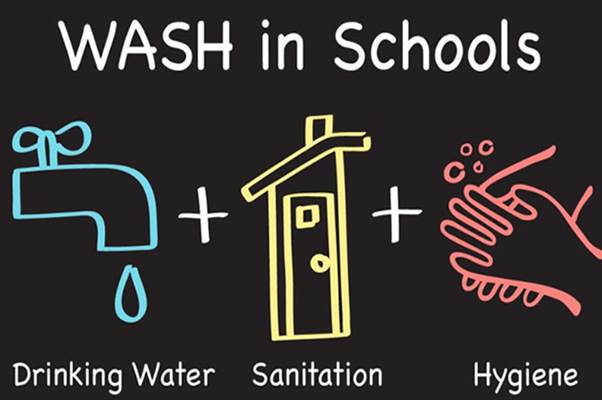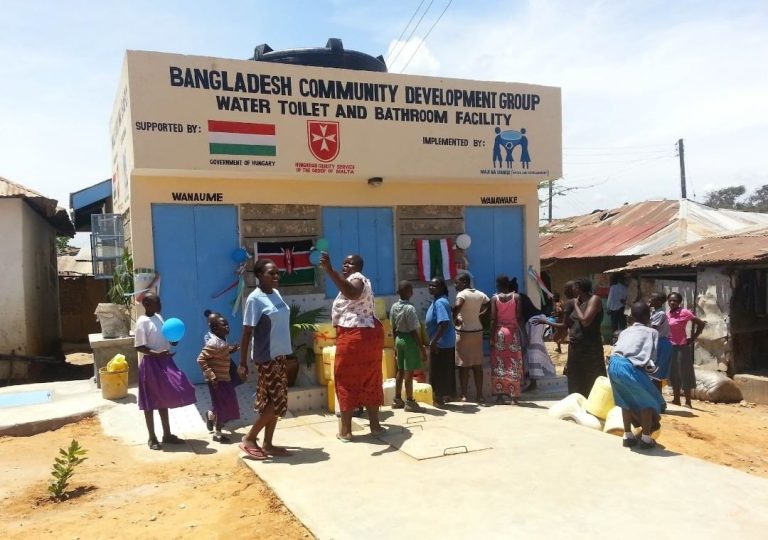In the heart of Jomvu Sub-County, Mombasa County, a long-standing challenge has quietly burdened the most vulnerable: unregistered persons with disabilities (PWDs) unable to access government support, medical care, or education due to bureaucratic and systemic gaps. For years, families with children and adults living with disabilities have been excluded from the benefits provided by the National Council for Persons with Disabilities (NCPWD)—simply because they were never formally assessed, certified, or registered.
This March, a game-changing initiative unfolded—a 5-day disability registration and outreach mission, led by a Disability Assessment Team (DAT) in collaboration with APDK, Maji na Ufanisi (MNU), and the Hungarian Charity Service of the Order of Malta (HCSOM). The goal was bold yet vital: to assess and register at least 700 unregistered persons with disabilities, with a focus on children in Bogobogo informal settlement and surrounding communities in Jomvu.
By the end of the campaign, this multi-stakeholder outreach had not only exceeded expectations—it had transformed lives.
Why Registration Matters
In Kenya, persons with disabilities are eligible for various benefits under the social welfare system, including:
- Monthly cash transfers through the Persons with Severe Disability (PWSD) fund
- Access to assistive devices like wheelchairs and hearing aids
- Educational support and scholarships
- Tax exemptions, including NHIF waivers
- Access to employment and business grants
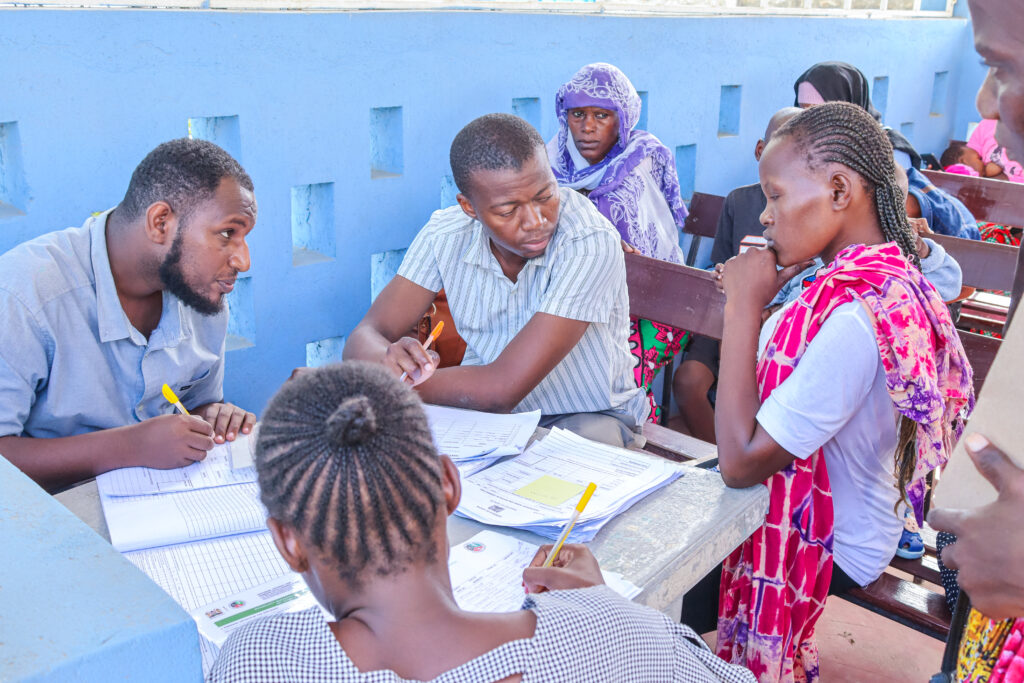
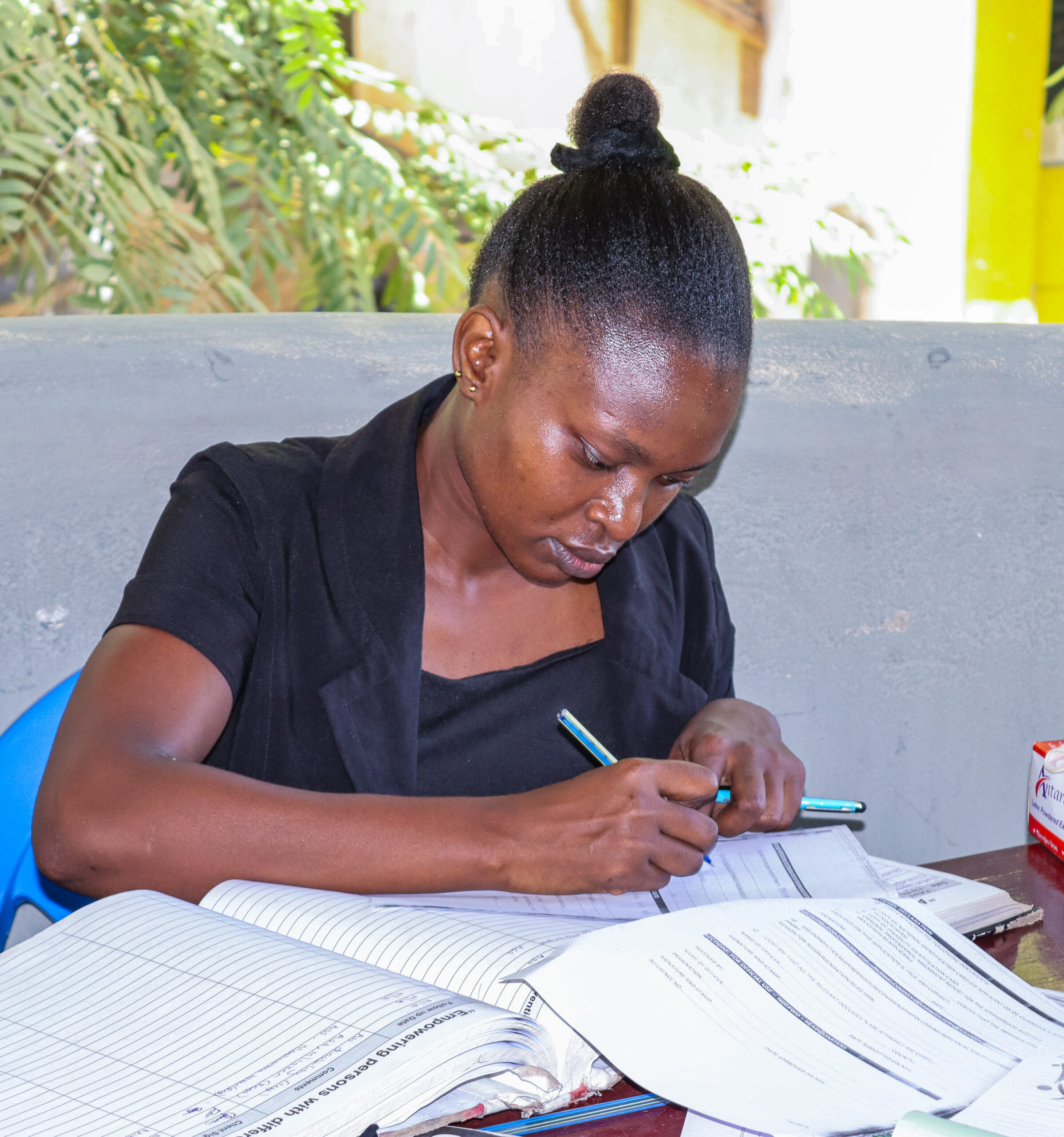
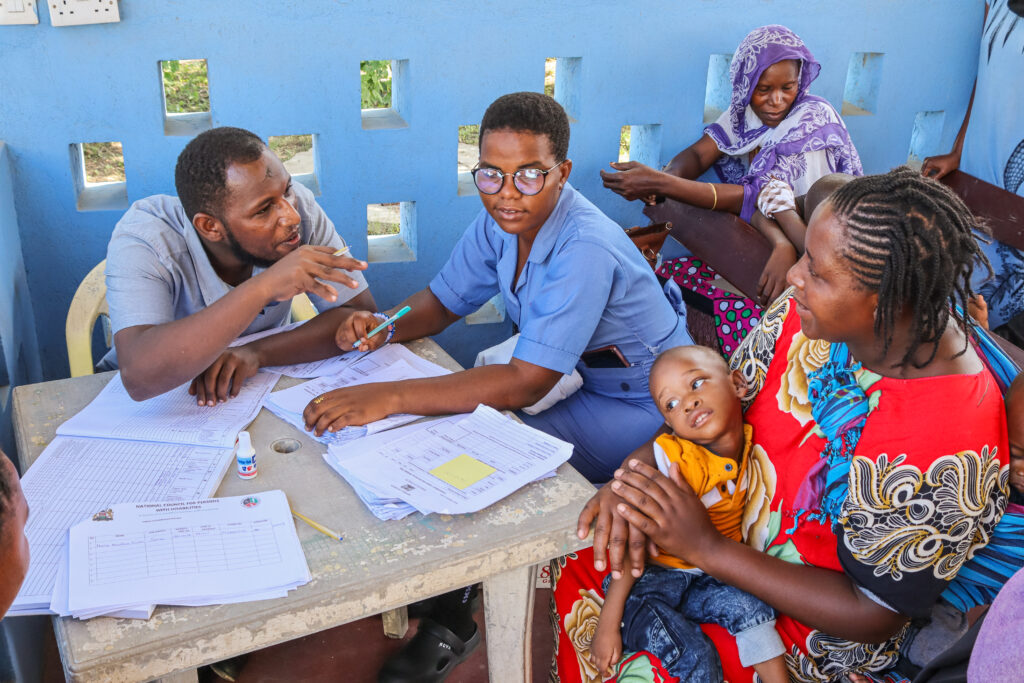
However, to access these services, an individual must first undergo medical assessment and be officially registered with NCPWD. Without this certificate and card, a child with cerebral palsy or a blind adult in Jomvu remains invisible to the state—denied the services that could radically improve their quality of life.
Unfortunately, in Jomvu, like many informal urban settlements across Kenya, a large proportion of PWDs are unregistered, due to a lack of awareness, limited mobility, stigma, and the cost of traveling long distances for assessment.
The Jomvu Outreach Initiative: Strategy and Execution
The outreach was the next logical step following earlier efforts by HCSOM, APDK, and MNU to train Community Health Promoters (CHPs) and teachers from New Hope Lite Academy on how to identify and refer children with disabilities in Bogobogo informal settlement.
With CHPs now equipped to conduct household-level screenings, the partners identified a significant number of unregistered children and adults in urgent need of formal recognition. This led to the design of a targeted 5-day field intervention.
Objectives of the Outreach:
- Conduct medical assessments for children and adults with disabilities
- Issue certificates of disability required for NCPWD registration
- Collect baseline data on disabilities in Jomvu for future programming
- Raise awareness about rights, benefits, and entitlements for PWDs
- Create a referral system for therapy, education, and assistive devices
Partners Involved:
- APDK – Led medical evaluations and issued disability certificates
- HCSOM – Funded and monitored the outreach exercise
- MNU – Coordinated local mobilization and logistics
- County Government of Mombasa – Provided support through social workers and community health volunteers
- NCPWD – Oversaw the registration process and data integrity
- CHPs and local teachers – Helped identify and mobilize participants from the community
Challenges and How They Were Overcome
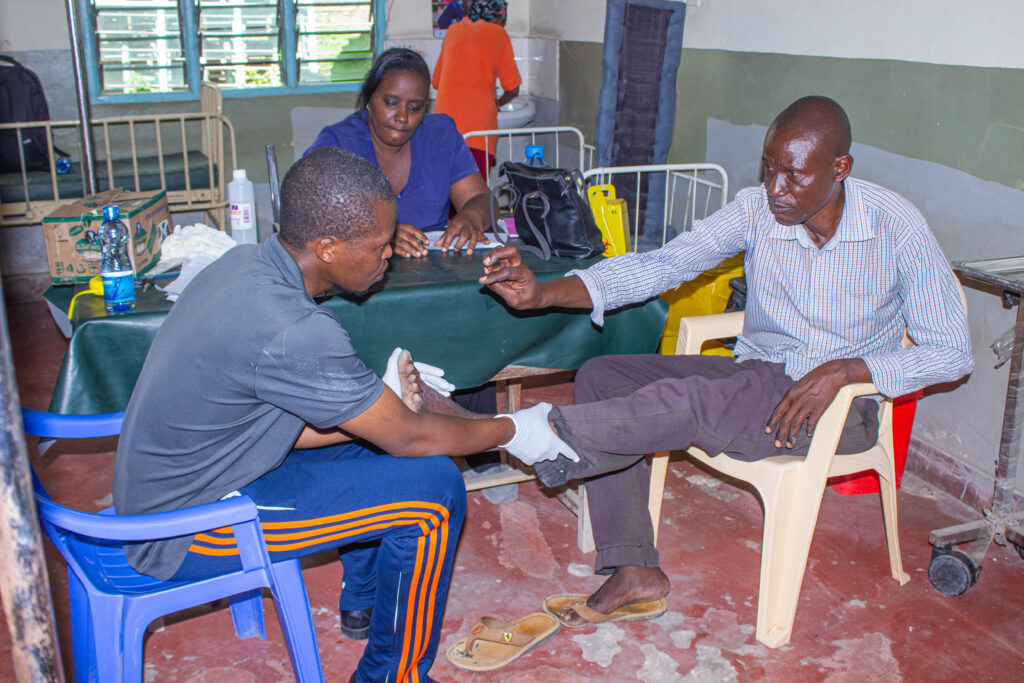
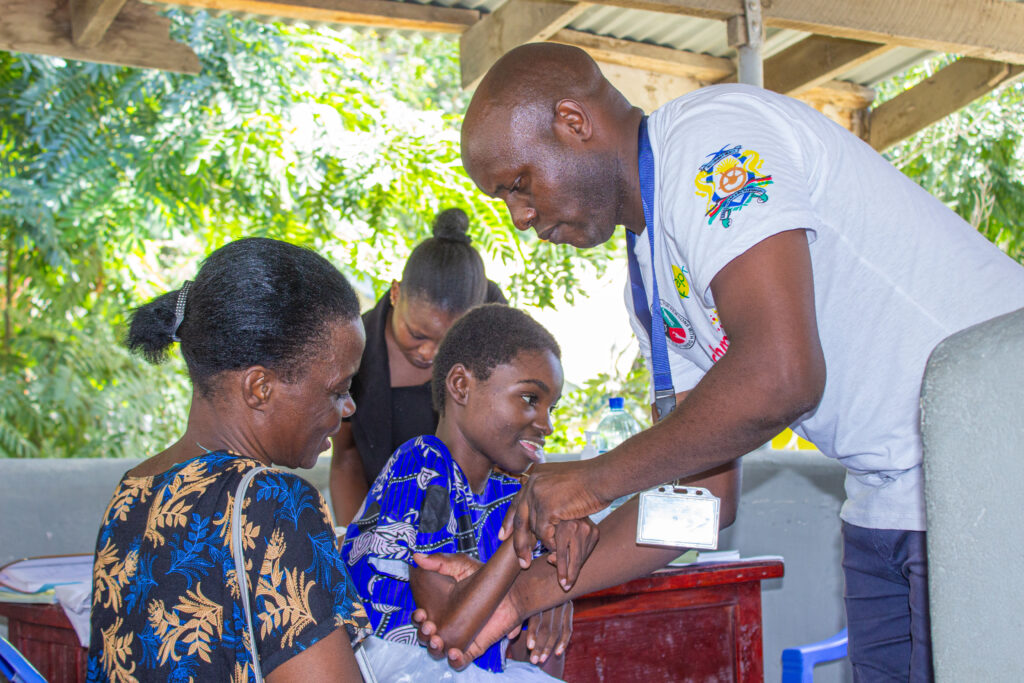
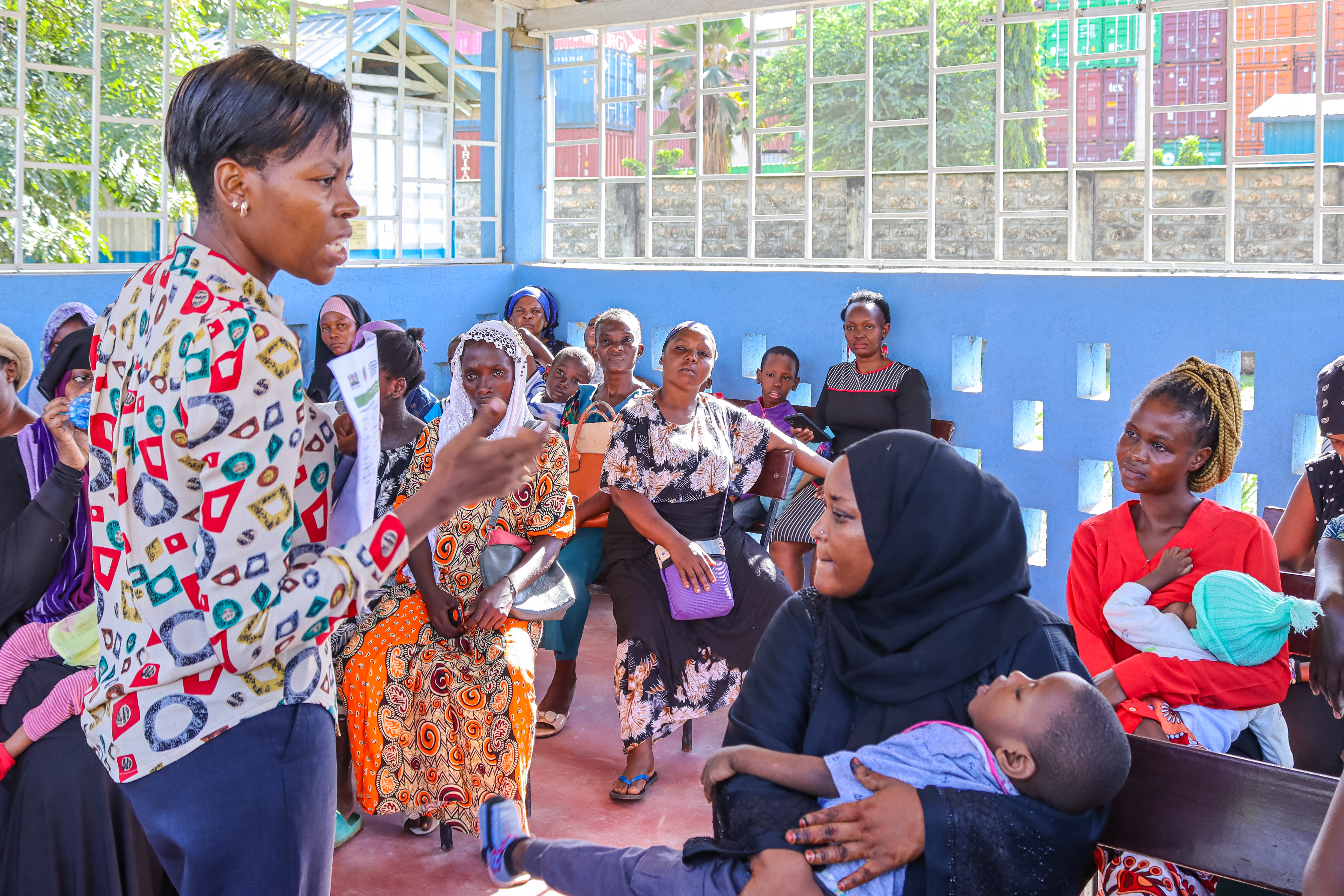
While the outreach was successful, it wasn’t without hurdles:
- High demand: Some days saw over 200 people queuing from dawn. Extra teams were brought in to manage overflow.
- Documentation gaps: Many applicants lacked birth certificates or ID cards. CHPs were trained to support families through the civil registration process.
- Language barriers: Volunteers fluent in Swahili, Arabic, and local dialects helped interpret assessment interviews.
- Stigma: Several families initially resisted participation due to cultural beliefs. Awareness sessions and testimony from previously registered families helped change minds.
Community Mobilization: The Role of CHPs
This outreach would not have succeeded without the tireless work of trained Community Health Promoters. CHPs visited homes, explained the benefits of registration, assisted with documentation, and provided psychosocial support.
Their deep community ties helped bridge trust between beneficiaries and the formal systems they once feared or did not understand.
“I was scared to bring my child because I didn’t know if we’d be asked for money or judged. But our CHP was kind. She came three times until I agreed,” shared one mother from Kibarani.
Knowledge Generation and Data Use
Beyond assessments and registration, the outreach served as a critical data collection opportunity. Information captured included:
- Type and severity of disability
- Age, gender, and household income
- Education access (enrolled, out-of-school, dropouts)
- Current assistive device needs
- Health and therapy history
This data will:
- Inform future disability-focused programming by HCSOM and MNU
- Support local government planning and service provision
- Guide referral decisions for APDK and NCPWD
- Contribute to a baseline report for future impact assessments
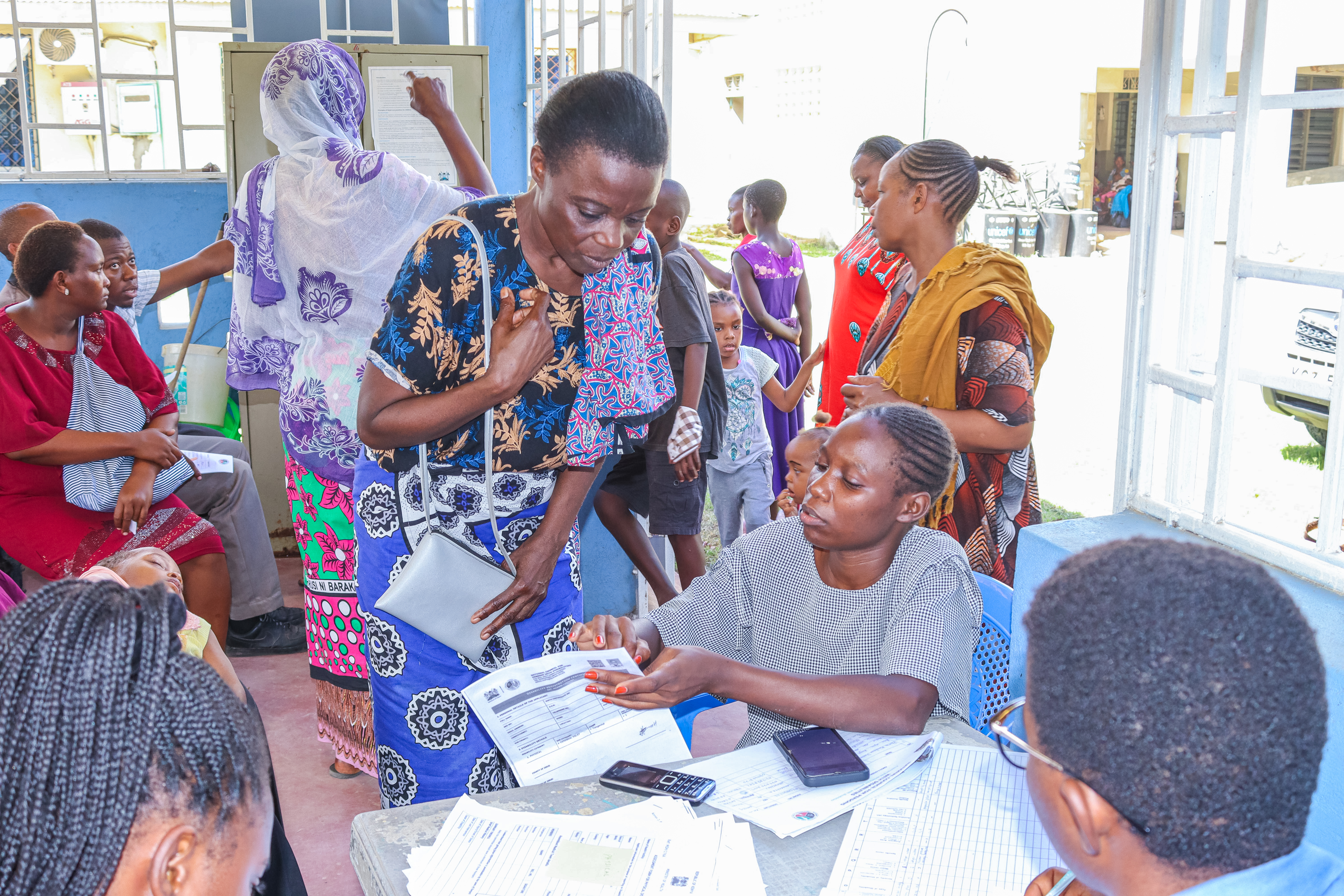
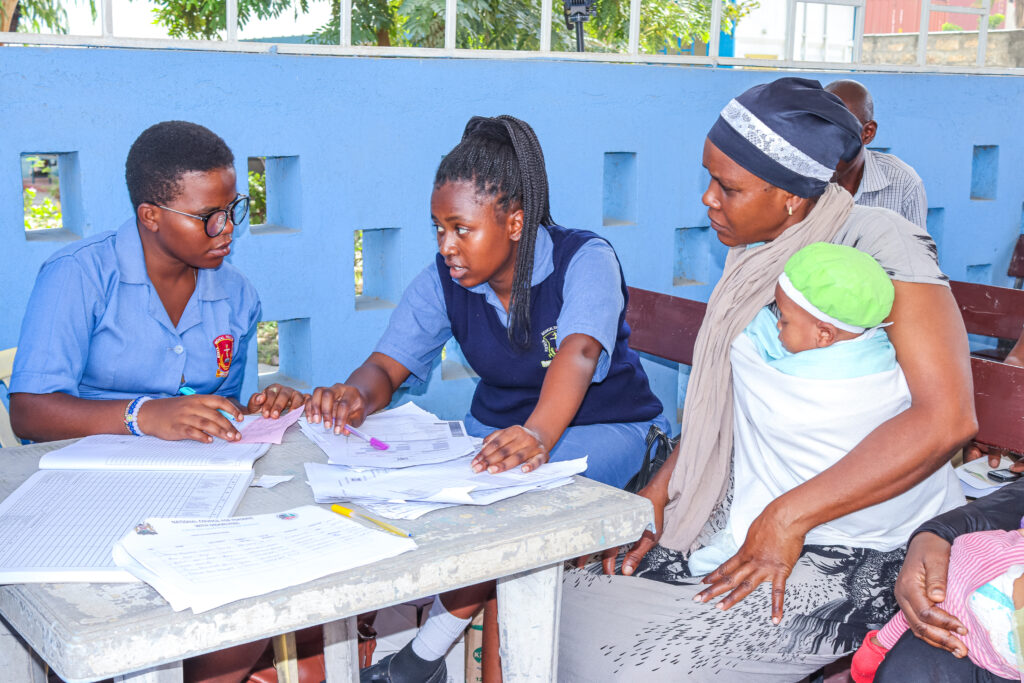
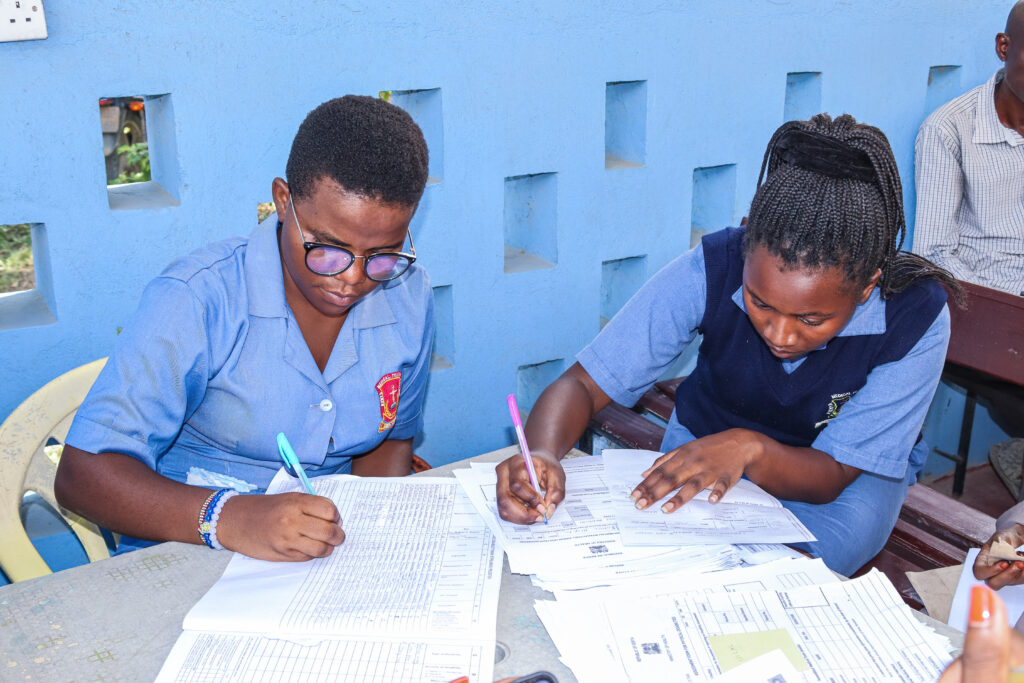
Policy and System-Level Implications
The success of this outreach also carries important policy lessons:
- Decentralized assessment works – Bringing services to informal settlements removes geographic and financial barriers for PWDs.
- Community health workers are crucial – With proper training and support, CHPs are effective in disability identification and mobilization.
- Registration is the first step – Once recognized, PWDs gain access to a chain of support: therapy, education, income, and empowerment.
- Public-private partnerships matter – Collaboration between NGOs, government, and international donors ensures efficiency, sustainability, and reach.
The Road Ahead: From Registration to Empowerment
Now that over 700 PWDs in Jomvu are officially on the national disability registry, attention shifts to ensuring access to follow-up services, including:
- Timely provision of assistive devices
- Linkages to inclusive schools and special units
- Therapy support for children with physical and developmental disabilities
- Economic empowerment programs for registered adults
- Parental support groups and awareness forums
Maji na Ufanisi and HCSOM have committed to ongoing collaboration with APDK and county authorities to monitor these beneficiaries, respond to emerging needs, and expand outreach to other parts of Jomvu.
Support the Mission: Help Us Reach More Lives
Hundreds of children and adults living with disabilities in Jomvu and other informal settlements across Kenya are still waiting to be seen, heard, and supported. With your donation, we can expand our reach—providing medical assessments, assistive devices, school placement, therapy, and empowerment programs for those who have long been excluded from society.
Your contribution—big or small—can:
- Help a child with cerebral palsy walk with a wheelchair
- Enable a deaf student to attend school with hearing aids
- Provide therapy for a child with autism
- Support a family through nutrition, counselling, and hope
👉 Donate today and become a partner in building a more inclusive Kenya.
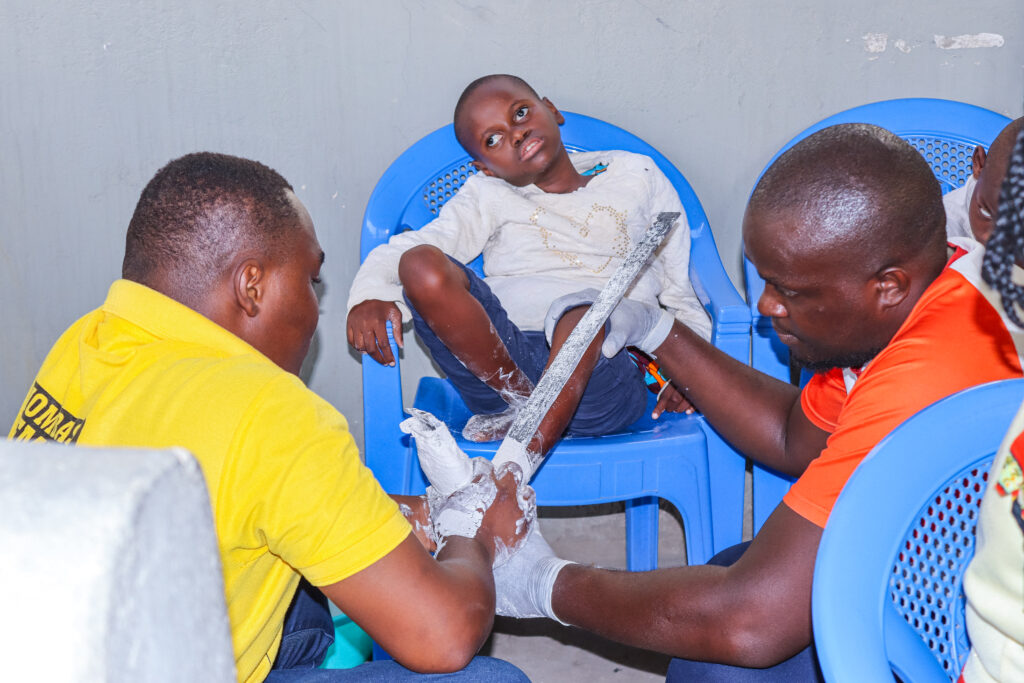
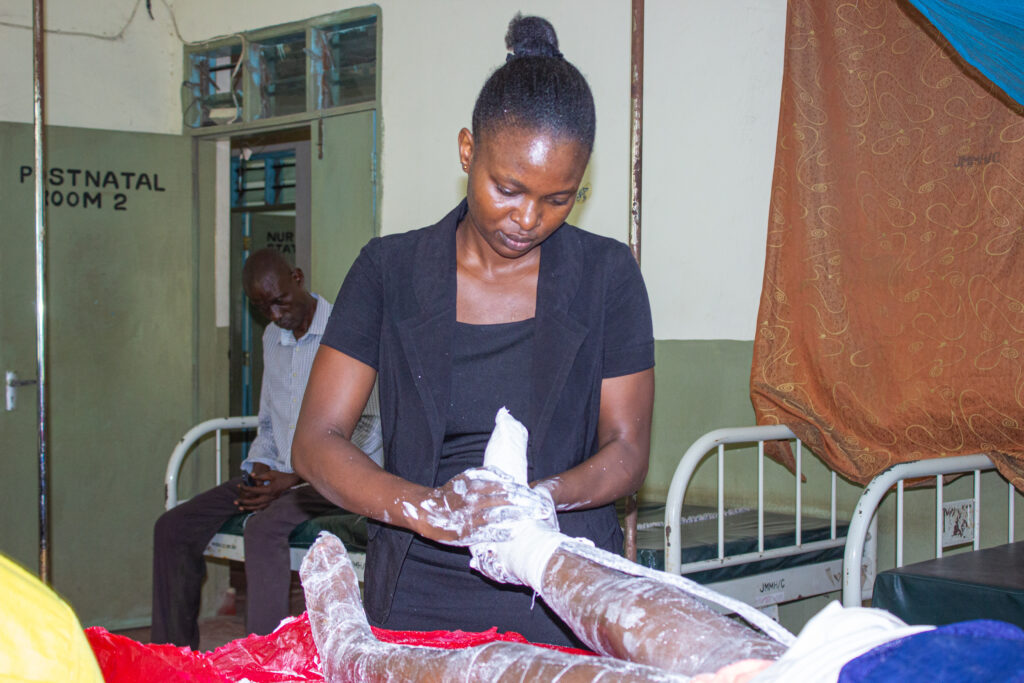
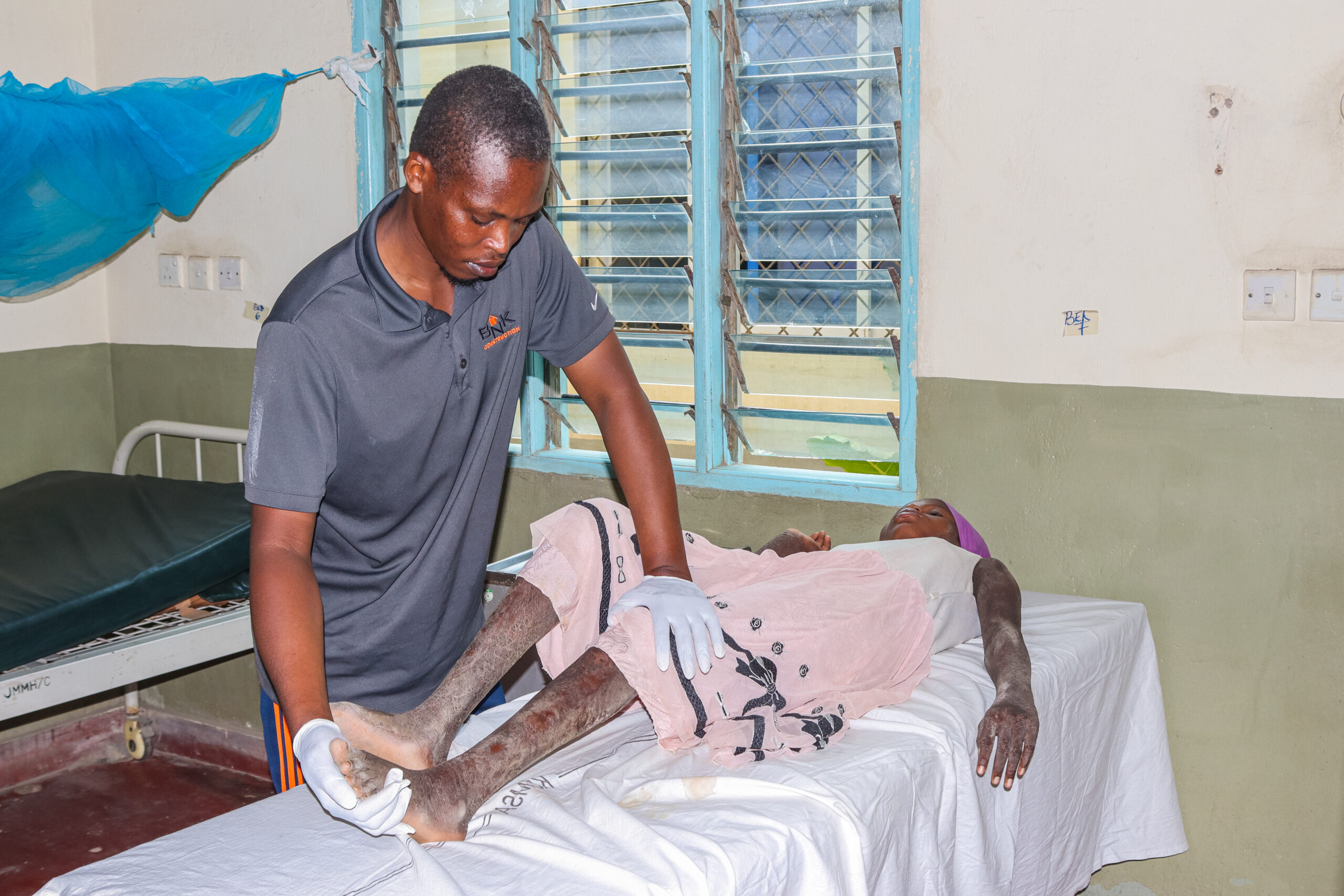
A Mission That Changed Lives
In just five days, this disability outreach turned marginalization into empowerment for hundreds of families in Jomvu. What was once a barrier—registration—is now a bridge to opportunity.
From children walking into schools for the first time to adults gaining economic support and mobility, this initiative shows what’s possible when community, compassion, and coordination come together.
Mission accomplished—but the journey of inclusion has only just begun.
Frequently Asked Questions (FAQs)
1. Why do people with disabilities need to register with NCPWD?
To access government services such as cash transfers, assistive devices, health insurance waivers, and inclusive education support.
2. Who conducted the medical assessments in Jomvu?
The Disability Assessment Team (DAT), led by APDK and supported by MNU and HCSOM.
3. How many people were registered during the outreach?
768 people were assessed; 710 were successfully registered with NCPWD.
4. What kinds of disabilities were included?
The outreach covered physical, sensory, developmental, and intellectual disabilities.
5. Were only children registered?
No. While children were prioritized, remaining assessment slots were offered to disabled adults in the area.
6. What does NCPWD registration provide?
Eligibility for assistive devices, monthly stipends, educational support, NHIF coverage, and other state benefits.
7. How did the outreach reach so many people?
Through grassroots mobilization by Community Health Promoters, local teachers, and religious and youth leaders.
8. What challenges were encountered?
High turnout, documentation gaps, stigma, and limited staff capacity—but all were addressed through coordination.
9. What happens next?
Follow-up activities include device provision, therapy referrals, school placement, and livelihood support for adults.
10. Will there be future outreach programs?
Yes. Based on this success, plans are underway to replicate the model in other underserved wards of Mombasa County.

